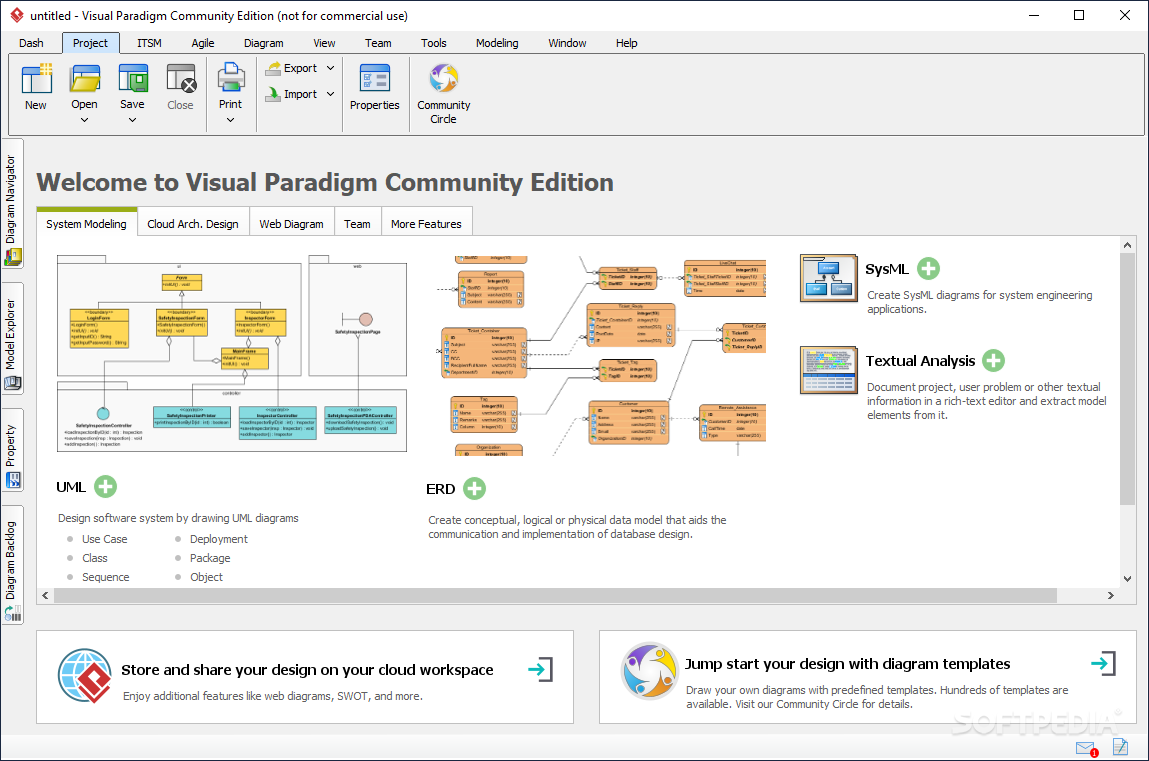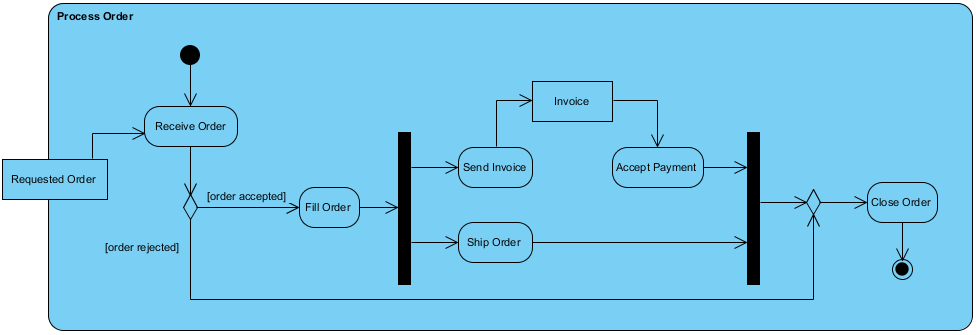


Example behavior diagrams are activity, use case, and sequence diagrams. Behavioral diagrams, on the other hand, show the dynamic behavior between the objects in the system, including things like their methods, collaborations, and activities.

They include the class, component, and or object diagrams. The purpose of structure diagrams is to show the static structure of the system being modeled. Every UML diagram belongs to one these two diagram categories. In UML 2, there are two basic categories of diagrams: structure diagrams and behavior diagrams. Edit your code anywhere with Git repos and issue tracking, deliver continuously with an automated pipeline, get Insights to improve quality, and more. The yin and yang of UML 2Ĭonsistently deliver high-quality software faster using DevOps Continuous Delivery. In addition, David Taylor’s book, Object-Oriented Technologies: A Manager’s Guide, offers an excellent, high-level explanation of object-oriented design without requiring an in-depth understanding of computer programming. Reading the sections “What Is a Class?” and “What Is Inheritance?” should give you enough understanding to make this article useful. For those of you who need a little assistance with OO concepts, you might try the Sun brief tutorial Object-Oriented Programming Concepts. This article assumes you have a rudimentary understanding of object-oriented design. With this knowledge you should be able to read diagrams and create your own diagrams using the proper notation elements. Instead, the purpose of this article and of the series in general is to help with a basic understanding of notation elements - their syntax and their meanings. I also want to remind readers that this series is about UML notation elements, and that these articles are not meant to provide guidance on the best approach for modeling, or how to determine what things should be modeled in the first place. Subsequent articles will cover other diagrams included in the structure category. The reason for this will soon become clear. Because the purpose of this series is to educate people about the notation elements and their meanings, this article focuses mainly on the class diagram. In this article, I will discuss Structure Diagrams, which is a new diagram category that has been introduced in UML 2. In my previous article on sequence diagrams, I shifted focus away from the UML 1.4 spec to OMG’s Adopted 2.0 Draft Specification of UML (UML 2). This is the next installment in a series of articles about the essential diagrams used within the Unified Modeling Language, or UML.

Updated Septem| Published September 15, 2004


 0 kommentar(er)
0 kommentar(er)
